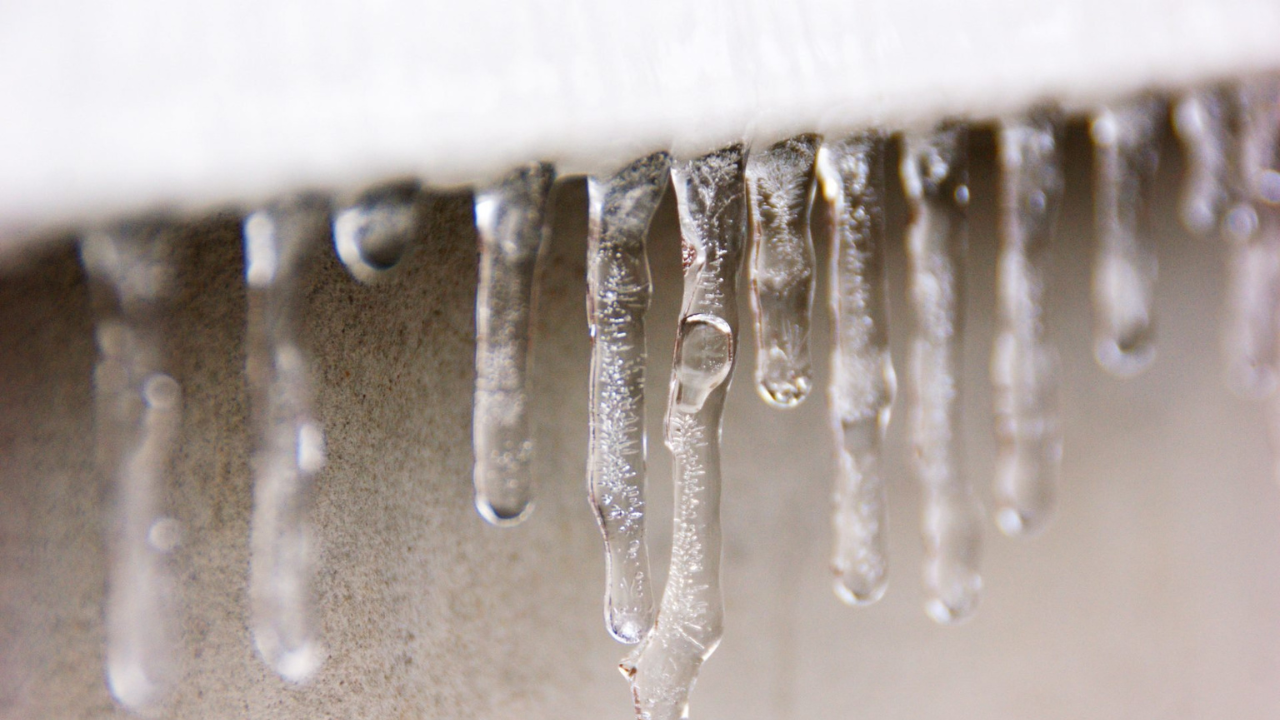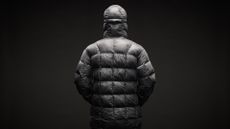Home LivingExpert reveals the most common winter home problems, and how to fix themHave you experienced any of these before?When you purchase through links on our site, we may earn an affiliate commission.Here’s how it works.
Home LivingExpert reveals the most common winter home problems, and how to fix themHave you experienced any of these before?When you purchase through links on our site, we may earn an affiliate commission.Here’s how it works.
Have you experienced any of these before?
When you purchase through links on our site, we may earn an affiliate commission.Here’s how it works.
(Image credit: Pexels)

(Image credit: Pexels)
Despite winter being celebrated as the most wonderful time of the year, it brings about many challenges for homeowners. From boilers breaking to mould growth, the problems in winter can be endless and pose a significant financial burden. If you haven’t already, you should look at the4 essential household checksI’m carrying out before winter arrives. It’s saved me from a few disasters, that’s for sure!
However, no matter how many checks we do, a lot of home problems can unexpectedly creep up on us. With this in mind, I spoke a little further withMagnet Tradewho have explored the most common winter problems that can take place in the home, and what you can do to avoid them. Mike Norton, Trade and Projects Director, also revealed his insight on how to proactively avoid incurring unexpected expenses during the colder months, and it’s this advice I’ll be sharing with you today.
Before you find out more, check out these5 low-cost ways to heat your home for longerthis winter.
1. Frozen Pipes
Freezing pipes are an extremely prevalent winter challenge for homeowners. With the possibility of pipes bursting due to extended exposure and low temperatures, they are a critical concern.
“When pipes freeze, water flow halts, and the expansion of frozen water exerts pressure, leading to cracks and eventual bursts. Pipes are vulnerable when temperatures dip below 0 degrees Celsius and the risk of bursting increases with prolonged freezing conditions.
“To safeguard against freezing pipes this winter, maintain home thermostats above 12 degrees Celsius, insulate pipes in unheated areas using heat tape and open cupboards and doors to ensure heat reaches pipes behind them. Additionally, keep outside valves open to allow any water inside the pipes to expand without causing damage."
2. Mould Growth
During the winter season, numerous households contend with moisture and mould challenges stemming from condensation and the heating preferences we adopt during the colder months.
Sign up to the T3 newsletter for smarter living straight to your inbox
Get all the latest news, reviews, deals and buying guides on gorgeous tech, home and active products from the T3 experts
“To prevent mould growth in your home during the winter, maintain a humidity level of less than 45% throughout the property. Consider puttingdehumidifiersthroughout your home to prevent mould growth. Also, be sure to keep a look out for condensation forming on windows and window sills, and wipe it off as soon as you see it."
Take a look at these6 expert-approved tipsto help prevent condensation for more information.
3. Boiler Breakdowns
Boiler breakdowns are extremely common at this time of year, mostly due to the heightened demand for warmth at home. The harsh seasonal conditions force boilers to operate at maximum capacity, leading to significant wear and tear, and raising the risk of breakdowns.
When it comes to preventative methods to stop your boiler from breaking down this winter, be sure that you schedule yearly maintenance checks. Whilst this may come at a cost, they’ll be able to identify and address any potential issues before they escalate and become more costly.
Additionally, be sure to check your boiler’s pressure - the pressure should typically be between 1 and 1.5 bar on your boiler’s pressure gauge, and bleed your radiators to ensure that your central heating is operating efficiently."
4. Peeling paint
“During winter, peeling paint is a common problem as the intense cold prompts the material beneath the paint to expand and contract, weakening the bond between the surface and the paint. Furthermore, prolonged exposure to temperature fluctuations can result in the paint developing cracks and flaking.
“Paint tends to peel when a surface hasn’t been primed properly. With this in mind, prime all walls before painting - this will help the paint adhere better to the surface as well as provide an additional layer of protection between the material and paint.
“Equally, invest in good quality paint. Quality paints often contain certain additives including Titanium Oxide that increase their durability and make them resistant to extreme weather conditions.”
Interested in more? Check out the6 items you should never keep in your shed over winter!

Vollebak pushes the limits of outerwear with Double Graphene Puffer and Shielding SuitThe company continues to weave innovation into every thread
The company continues to weave innovation into every thread

Bowers & Wilkins Pi6 review: sensational sound, ordinary ANCBowers & Wilkins' step-down true wireless earbuds sound amazing and are well-priced – so what’s the catch, if anything?
Bowers & Wilkins' step-down true wireless earbuds sound amazing and are well-priced – so what’s the catch, if anything?